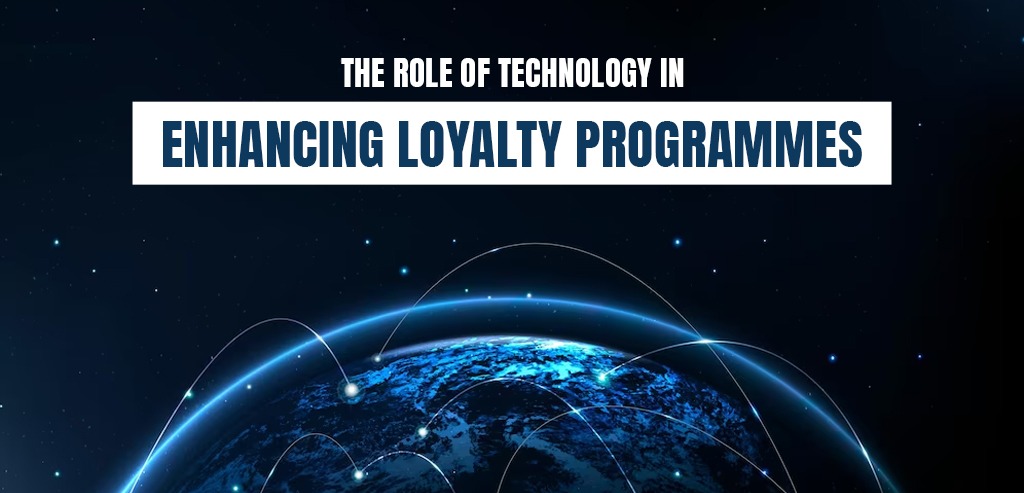Loyalty programs are marketing strategies used by businesses to reward and retain customers by incentivizing them to make repeat purchases. These programs often involve the accumulation of points or rewards, which can be redeemed for discounts, free products, or other benefits.
Over the years, the landscape of loyalty programs has evolved significantly. Traditional loyalty programs were based on a simple “earn and burn” model, where customers could earn points for their purchases and redeem them for rewards. However, modern loyalty programs have become more complex, with businesses offering personalized experiences and tailored rewards based on individual customer data.
The Impact Of Digital Technology
The rise of digital technology has revolutionized the way loyalty programs are implemented, making it easier for businesses to track customer behavior and offer targeted rewards. Mobile apps, online accounts, and other digital platforms have become the norm for loyalty programs, allowing customers to easily access and redeem rewards.
In addition to these advancements, businesses are now recognizing the importance of creating emotional connections with their customers. By offering exclusive experiences, personalized communications, and surprise rewards, businesses can build deeper relationships with their customers, which can lead to increased loyalty and advocacy.
Advantages of Technology-Based Loyalty Programmes
Gone are the days of simple punch cards or paper coupons. Now, businesses can leverage technology to create sophisticated and targeted loyalty programs that are both more effective for customers and more efficient for businesses. Here are the advantages of technology-based loyalty programs.
- Increased convenience and accessibility for customers
One of the biggest advantages of technology-based loyalty programs is the increased convenience and accessibility they offer customers. Traditional loyalty programs required customers to carry physical cards or coupons, which could be easily lost or forgotten. With technology-based loyalty programs, customers can easily access their rewards and incentives through their smartphones or other digital devices. This not only makes it easier for customers to redeem rewards but also makes it more likely that they will participate in the program.
- Ability to track and analyze customer behavior and preferences
Another advantage of technology-based loyalty programs is the ability to track and analyze customer behavior and preferences. With the right technology in place, businesses can gather valuable data about their customers, including their purchasing habits, product preferences, and even their location. This data can then be used to create more targeted and personalized loyalty programs, which are more likely to engage customers and keep them coming back.
- Ability to offer more personalized rewards and incentives
The data collected through technology-based loyalty programs can also be used to offer more personalized rewards and incentives. By analyzing customer behavior and preferences, businesses can tailor their rewards to match the specific needs and desires of their customers. For example, a coffee shop might offer free pastries to customers who frequently purchase coffee in the morning, while a clothing store might offer a discount on a customer’s favorite brand. By offering more personalized rewards and incentives, businesses can create a stronger emotional connection with their customers and encourage them to return.
- Improved operational efficiency for businesses
Finally, technology-based loyalty programs can also improve operational efficiency for businesses. By automating the process of tracking and redeeming rewards, businesses can save time and reduce errors. This allows them to focus on other aspects of their business, such as customer service and marketing. In addition, technology-based loyalty programs can also help businesses to identify and address any issues or concerns that customers may have, which can lead to increased loyalty and retention.
Best Practices for Implementing Technology-Based Loyalty Programmes
Implementing technology-based loyalty programs requires careful planning and execution. To ensure success, it’s important to start by understanding your customers and their needs. This will help you choose the right technology and platform for your program. Once you’ve selected the technology, it’s essential to ensure seamless integration with your existing systems to avoid any disruptions. Additionally, providing adequate training and support for both customers and employees will help ensure a smooth rollout and ongoing program success. By following these best practices, you can create a technology-based loyalty program that strengthens customer relationships and drives business growth.
Conclusion
Technology-based loyalty programs offer a range of advantages for both customers and businesses. By leveraging the power of technology, businesses can create more targeted and personalized loyalty programs that are easier to use and more effective at engaging customers. Technology-based loyalty programs are a powerful tool that businesses can use to differentiate themselves and build customer loyalty!

